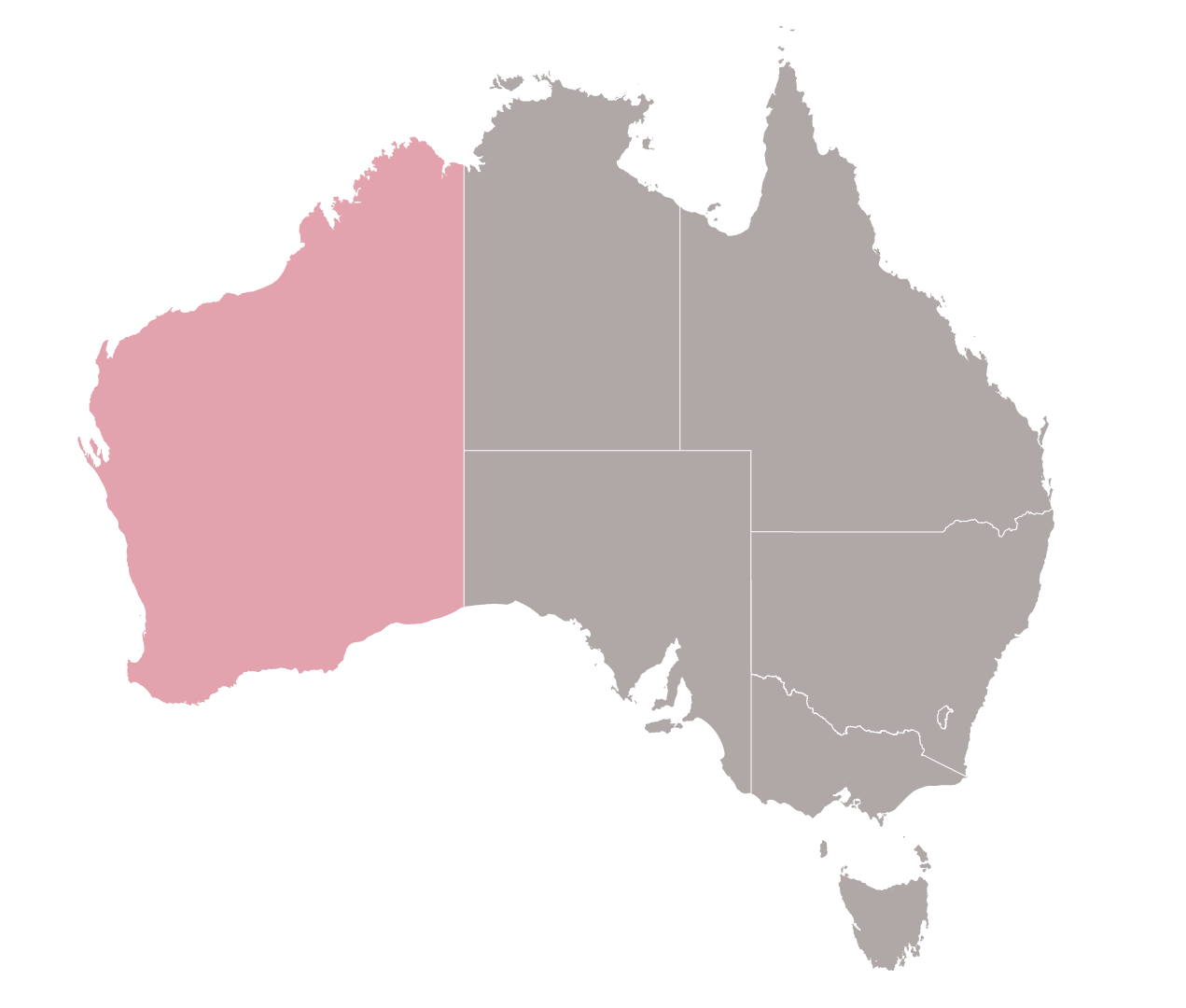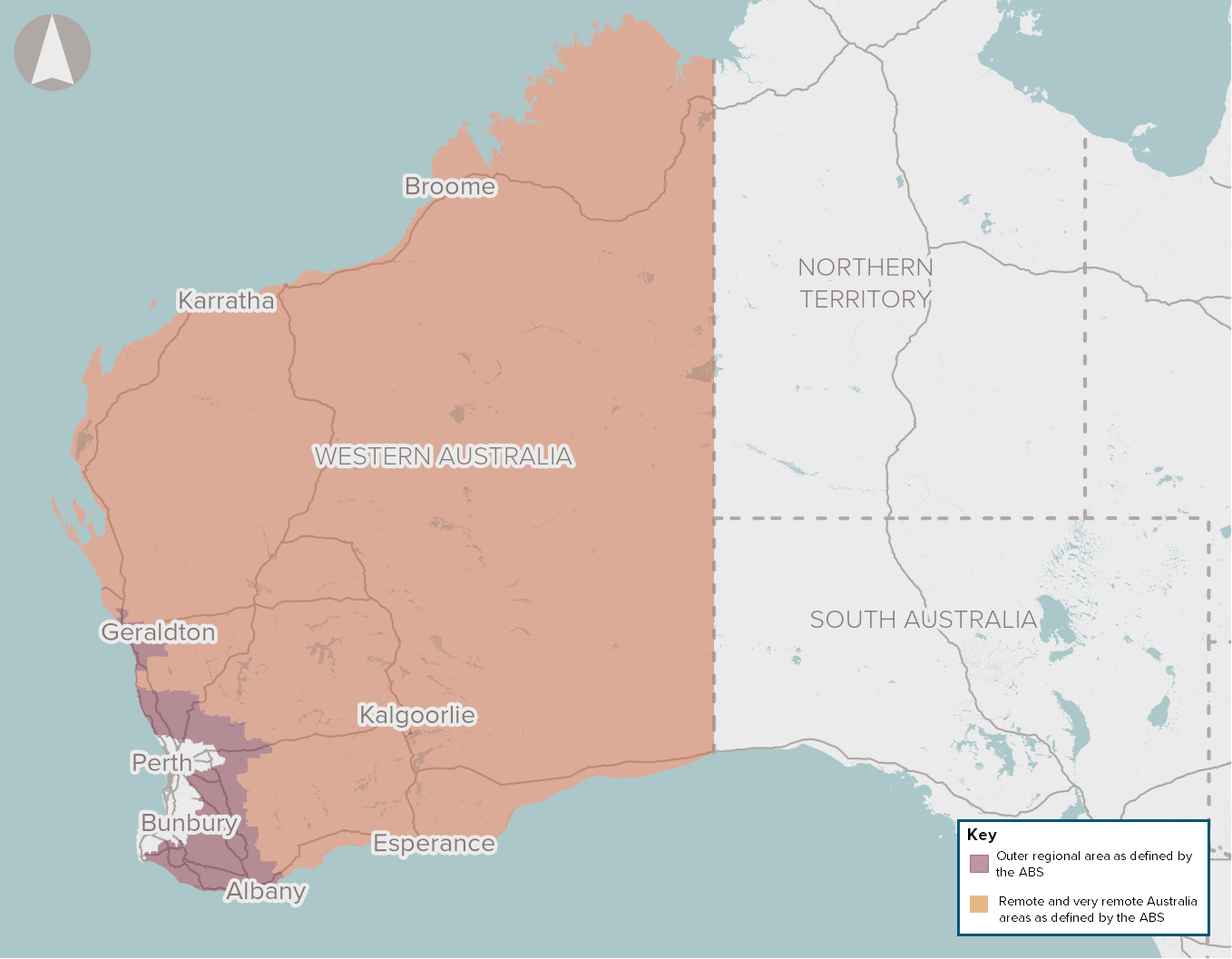

There is poor access to digital services in the regional and remote areas of Western Australia due to a lack of fit-for-purpose digital infrastructure and low service performance of existing infrastructure.
In 2018, approximately 83% of Western Australian households had internet access. However, access in regional areas is significantly lower, with fewer than 50% of households connected in some areas.
The connectivity offered in some regional areas is below consumer expectations due to the cost of access, data congestion and network unreliability. The National Mobile Black Spot Database also identifies over 450 mobile blackspots remaining in Western Australia.
The 2019 Australian Infrastructure Audit found that in regional centres and rural and remote areas, telecommunications infrastructure often delivers costly services that provide poor connectivity, low speeds and data allowances, and poor reliability.
An aging (existing) regional optical fibre network and the absence of route diversity and carrier diversity present further risks to regional digital network reliability.
Communities with better digital connectivity benefit from improved access to education, healthcare and other economic opportunities. Primary producers can also use digital agricultural practices to improve productivity and remain globally competitive with other producers.
Regional telecommunications transmission capacity is separately identified as a national Early-Stage Proposal on the Infrastructure Priority List.
The proposal could be addressed through a program to prioritise and improve the availability and quality of digital access in regional and remote Western Australia and potentially other areas in the state with poor access.
This covers a range of services, including investment in new telecommunications infrastructure in regional areas to improve the level of reliability, service and coverage.
Proponent to identify and analyse potential investment options (Stage 2 of Infrastructure Australia’s Assessment Framework).


 EVALUATION COMPLETE
EVALUATION COMPLETE




